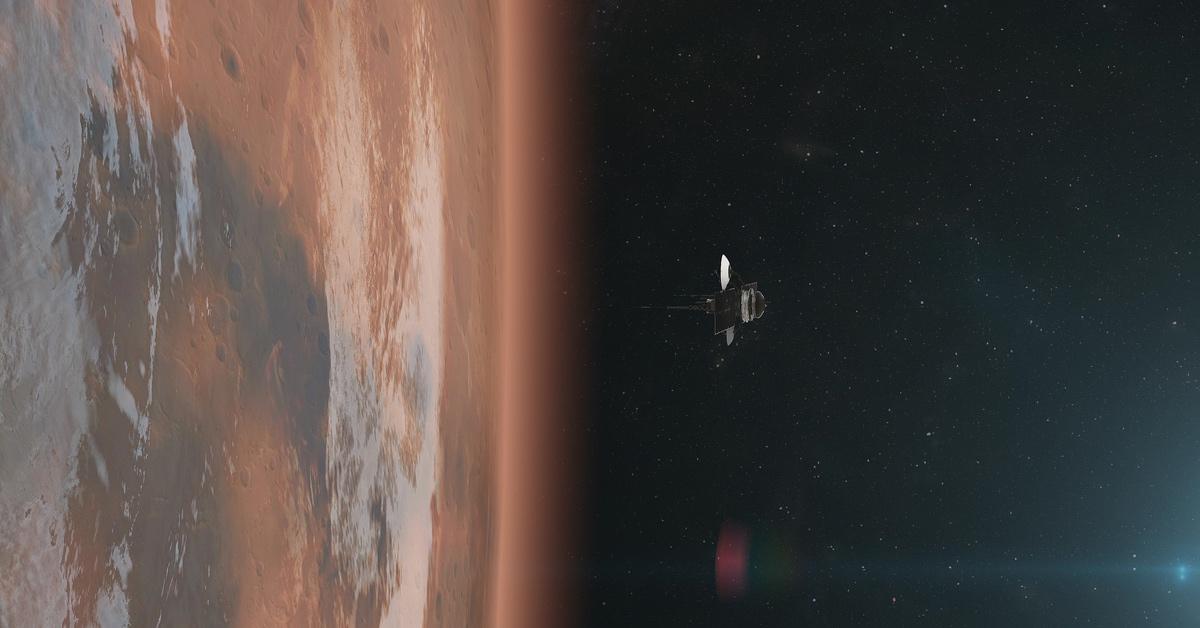Satellite ERS-2 Safely Crashes Into the Pacific Ocean — What to Know About Its Landing
Satellite ERS-2's mission to observe Earth ended in 2011. It arrived home — via crash landing.
Updated Feb. 22 2024, 9:29 a.m. ET

Since the first satellite launched in 1957, scientists have been fascinated with discoveries beyond the Earth's atmosphere. However, as the years pass and more debris begins to orbit the Earth, there is a question of what happens when this debris returns to solid ground.
Earth observation spacecraft European Remote Sensing 2 (ERS-2) was first launched in April 1995. According to the European Space Agency (ESA) website, the purpose of the satellite was to study sea surface temperatures and winds. However, the satellite's mission ended in 2011, and it began the process of deorbiting.
The satellite crashed relatively safely back to Earth in February 2024. Keep reading for what you need to know.

Has the satellite hit Earth yet?
Per an update from the ESA, the satellite did hit the Earth at approximately 17:17 UTC, which is 5:17 p.m. on Feb. 21, 2024.
The ESA's ERS-2 "Frequently Asked Questions" page explains that the ERS-2 lengthy deorbiting process ensures that satellites don't linger in the atmosphere, potentially creating collisions. All of the electronics connected to the satellite have been deactivated, the internal batteries discharged, and the last fuel used up in 2011 to minimize the chance of a huge explosion, which would just cause more space debris.
This deorbiting process was known as "natural." Unfortunately, it also meant the ESA no longer had a direct connection to the satellite, making it difficult to know exactly where and when the satellite would land.
That said, Australian satellite company HEO Robotics captured images of the satellite as it continued to deorbit on Feb. 14, 2024, and the photographs look like something out of a sci-fi film! You can check them all out here.
Where will the satellite land?
Thankfully, the satellite didn't crash on land — according to the ESA's updates, ERS-2 landed safely in the Pacific Ocean.
Previously, during a press conference on Feb. 13, 2024, per Phys.org, the ESA gave a few reassuring statistics about the re-entry process, including this tidbit: "The odds of a piece of satellite falling on someone's head is estimated at one in a billion."
People were initially concerned that the satellite would hit the ground somewhere and potentially endanger citizens, and although Earthsky.org acknowledged there was a possibility of satellite fragments reaching land, the ESA also emphasized that the largest fragment of satellite that could hit the ground is 115 pounds. The satellite weighs roughly "as much as an adult male rhinoceros," per CBS News.
Is the satellite falling to Earth today?
Technically, ERS-2 has been falling to Earth since 2011, but according to The Independent, ERS-2 reached Earth on Feb. 21, 2024.
This article, originally published on Feb. 20, 2024, has been updated.